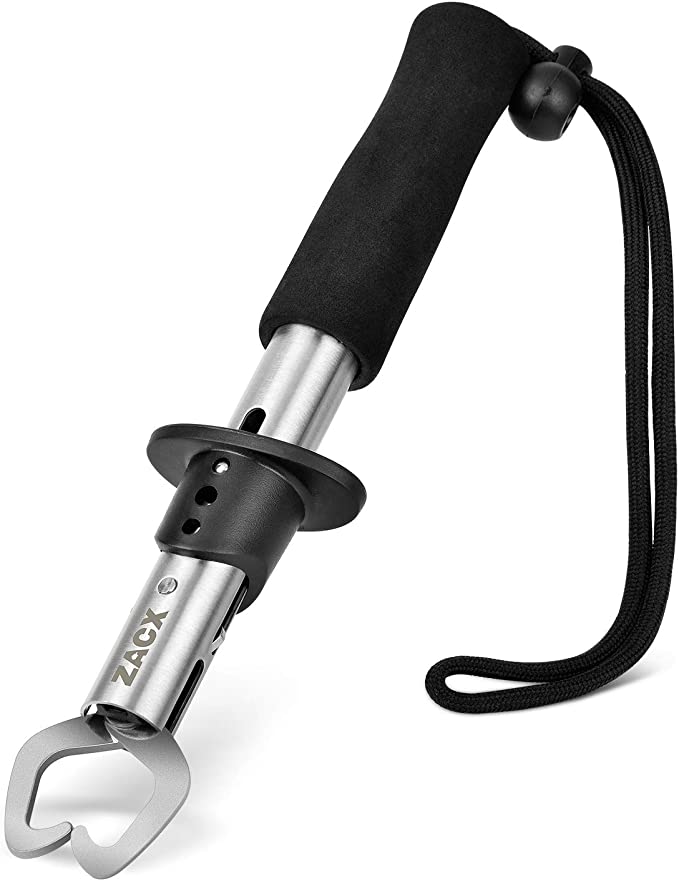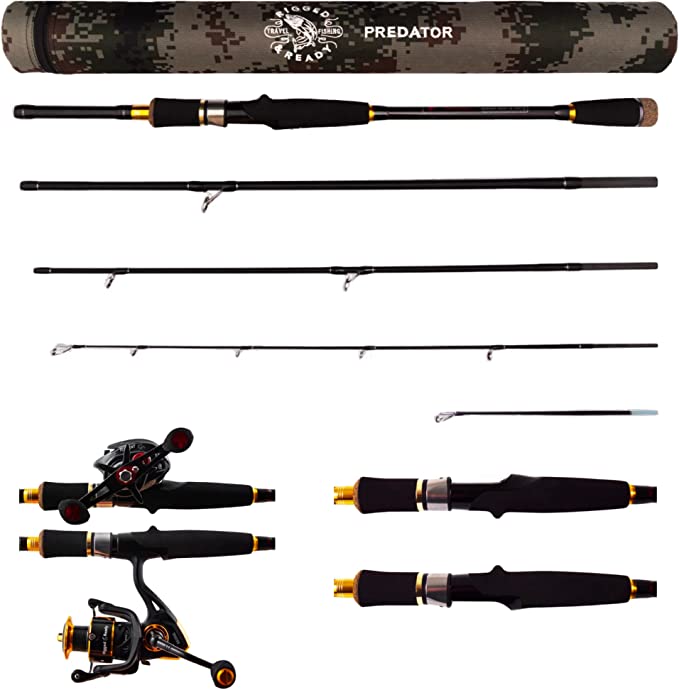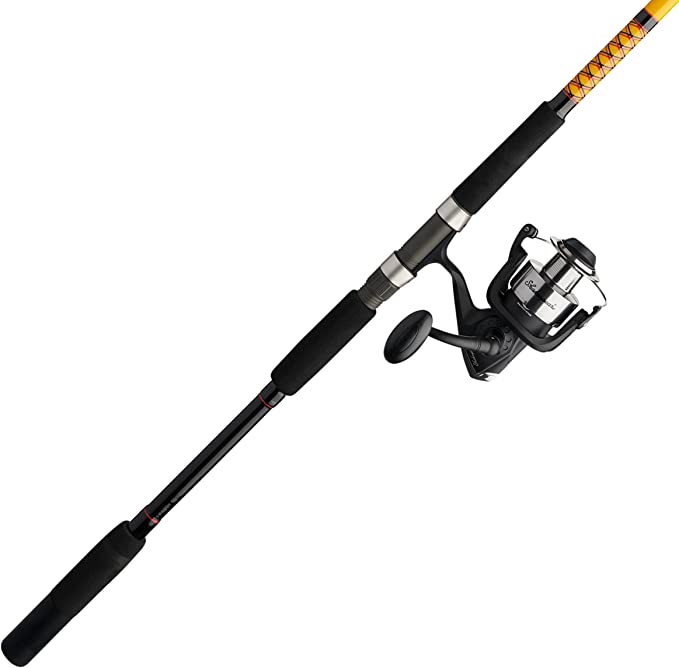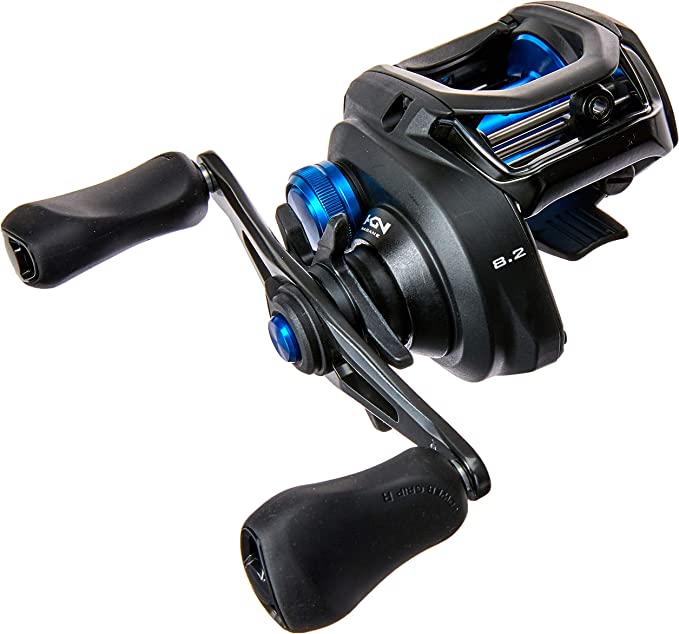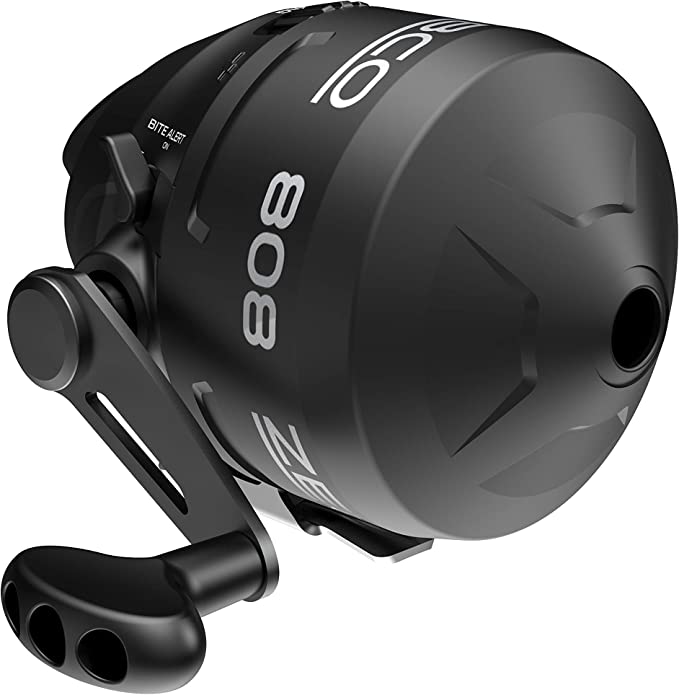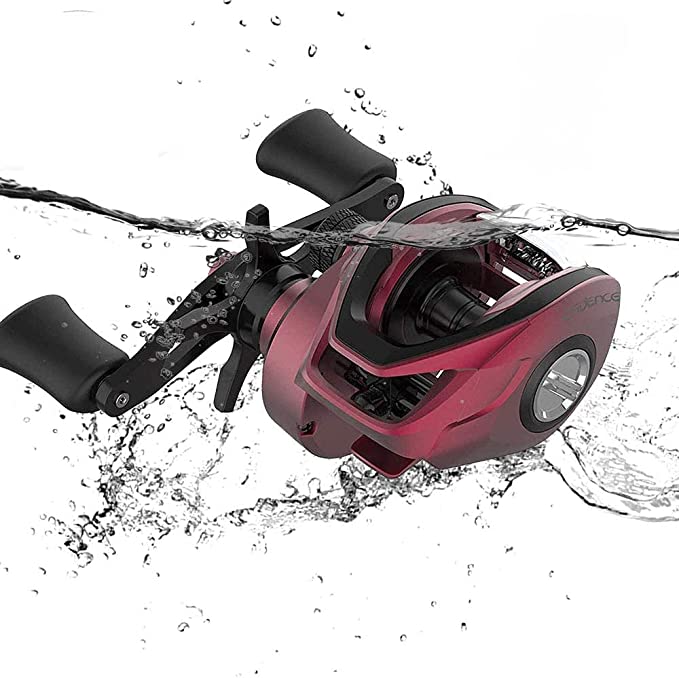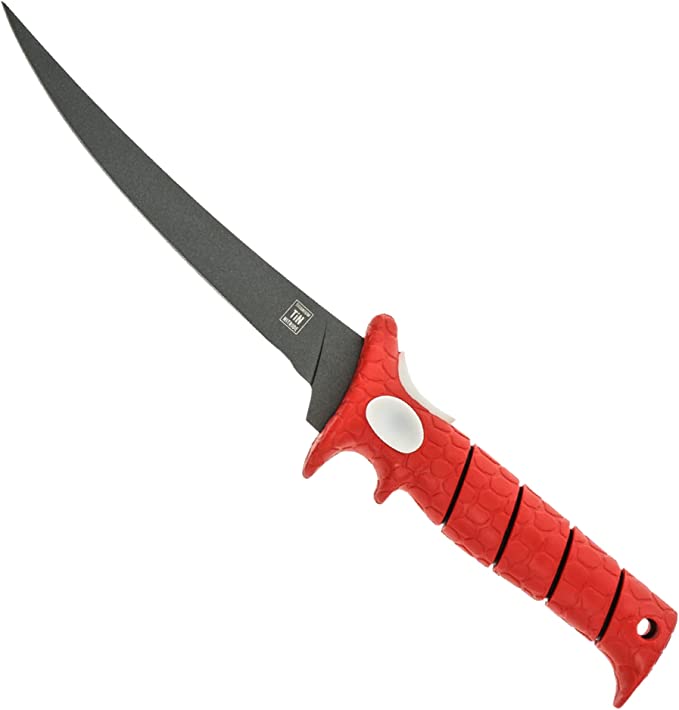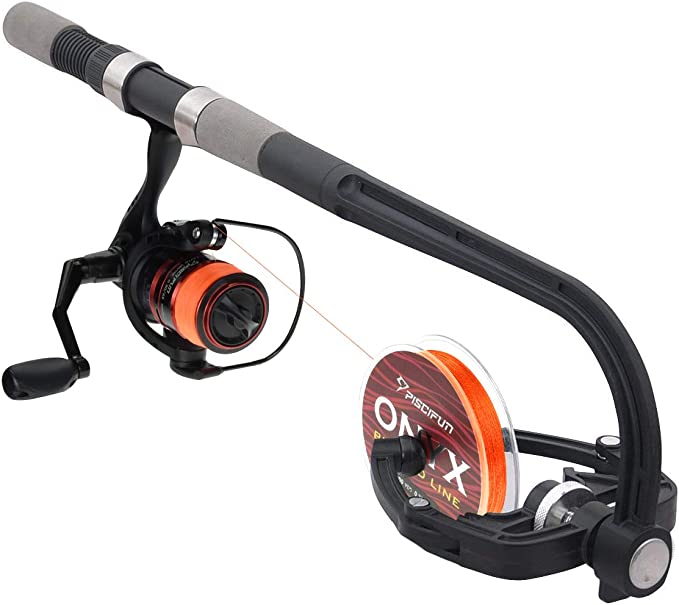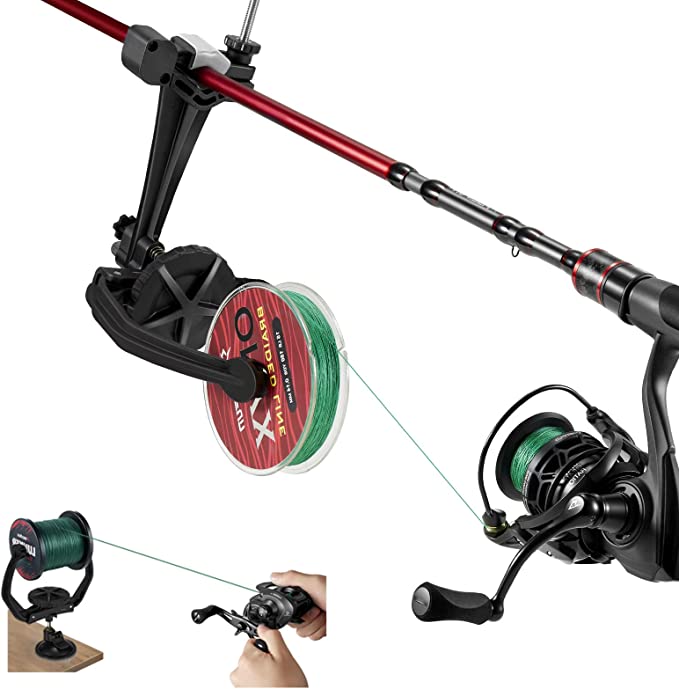The Art and Science of the Release: Why a Modern Hook Remover is an Angler's Best Friend
Update on July 31, 2025, 7:06 p.m.
There is a sacred pause in angling. It exists in the quiet moments after the fight, when the water settles and the only sound is the gentle lapping against the hull. In your hands is a life, vibrant and wild, a brief intersection of two worlds. The catch is a thrill, but the release is an art, a final, defining act of the encounter. For the conscious angler, the question is never just if you let the fish go, but how. This single moment defines the line between a sportsman and a harvester, and it is a moment that demands not just good intentions, but the right knowledge and the right tools.

The Brutal Honesty of a Bad Unhooking
We’ve all seen it, or perhaps even done it in our early days: the clumsy struggle with a deeply set hook. Fingers, dangerously close to the point, fumbling. Pliers, meant for hardware, gripping and twisting, causing more trauma than the hook itself. We focus on the visible prize, often oblivious to the invisible damage being done.
The reality is brutal. A pair of pliers doesn’t just pull a hook; it rips. It tears the delicate, vascular tissues of the fish’s mouth, creating a wound far larger than the initial puncture. This isn’t just a cosmetic injury. It’s an open door for infection in a non-sterile environment. Every second the fish is held, fighting against gravity and gasping in a foreign element, is a second its body is flooding with stress hormones and its muscles are building up lactic acid. This is the ticking clock of hypoxia—oxygen deprivation—and it’s the single greatest enemy of a successful release. The honest truth is that a poorly executed release, even with the intent to conserve, can be a death sentence. The problem demands a more elegant, more scientific solution.

Anatomy of an Elegant Solution
An effective hook remover, like the YIMISIMON de-hooker, is a masterclass in applied science. It appears simple, yet its design is a synthesis of physics, chemistry, and ergonomic intelligence, transforming a potentially harmful act into a swift, clean procedure.
A Dialogue Between Force and Form
At the heart of the tool is its spiral head. This is not simply a bent piece of wire; it is a sophisticated mechanism for redirecting force. When you try to pull a barbed hook straight out, you are fighting against its very design. The barb catches, and force equals damage. The spiral, however, engages in a dialogue with the hook’s form.
By sliding it down the line, the spiral loop encircles the hook’s bend. A gentle push on the handle no longer translates into a direct, tearing pull. Instead, the physics of a ramp come into play. The axial force is expertly decomposed into a gentle, rotational torque and a guiding force that pushes the hook forward and around its own curve. It effectively persuplicates the barb to retrace its path of entry without resistance. It’s the difference between kicking a door down and using the key. It’s a quiet, intelligent application of force vector principles that prioritizes finesse over force.

Materials Forged in Defiance
The choice of materials is a testament to the tool’s purpose as a long-term companion in harsh environments. The shaft and spiral are crafted from high-grade stainless steel, a material chosen not for its superficial shine, but for its invisible armor. Its secret lies in a process called passivation. The chromium within the steel reacts with oxygen to form a microscopic, inert layer of chromium oxide on the surface. This passive film is the steel’s shield, tenaciously resisting the corrosive assault of saltwater and damp tackle boxes.
The handle, often a lightweight aluminum alloy, is typically treated with anodizing. This electrochemical process thickens the natural oxide layer, creating a surface that is harder than steel, highly resistant to scratches, and features a porous structure that can be permanently dyed. More than just adding color, this textured surface provides a secure, confident grip, even with wet or cold hands. This fusion of a resilient core and a tactile, durable handle creates a tool that is not just effective, but built to endure season after season.

The Biological Imperative
Using a tool like this is not about convenience; it is a biological imperative for any angler practicing Catch and Release. Its benefits are directly measurable in the currency of fish survival.
More Than Just a Fish
A fish is a marvel of biological engineering. Its body is coated in a delicate slime layer, a critical barrier against parasites and infections. A rough, prolonged handling strips this protective coat away. The swift, precise action of a de-hooking tool minimizes this contact. Furthermore, by drastically shortening the unhooking time, the tool mitigates the spike in cortisol and adrenaline—stress hormones that can have lethal long-term effects. By preventing tearing, reducing handling, and expediting the return to water, we are actively increasing the odds that the fish will not only swim away, but will recover, feed, and spawn, contributing to a healthy fishery for the future. This is the core principle of post-release mortality reduction.

The Legacy of an Idea
This mindful approach is part of a grand tradition. It echoes the wisdom of angling pioneers like Lee Wulff, who championed the then-radical idea that a game fish is “too valuable to be caught only once.” His philosophy helped shift the sport from a purely extractive activity to one of stewardship. In this context, a modern hook remover is more than just a piece of gear. It is the physical manifestation of this ethical evolution. It is a nod to the legacy of those who understood that true mastery of a sport lies in the respect one shows for the arena and its inhabitants.
An Extension of Conscience
In the end, the tools we choose are reflections of ourselves. They are extensions of our hands, our skill, and ultimately, our conscience. A simple, well-designed hook remover represents a synthesis of human ingenuity: the physicist’s understanding of force, the chemist’s mastery of materials, and the biologist’s respect for life. It transforms the final act of the catch from a potential trauma into a gesture of respect. For the angler who seeks a deeper connection with the wild, who understands that we are temporary visitors in its domain, a tool like the YIMISIMON remover is not a luxury. It is an indispensable part of the art of angling, the quiet, confident mark of a sportsperson who has truly mastered the art of the release.
